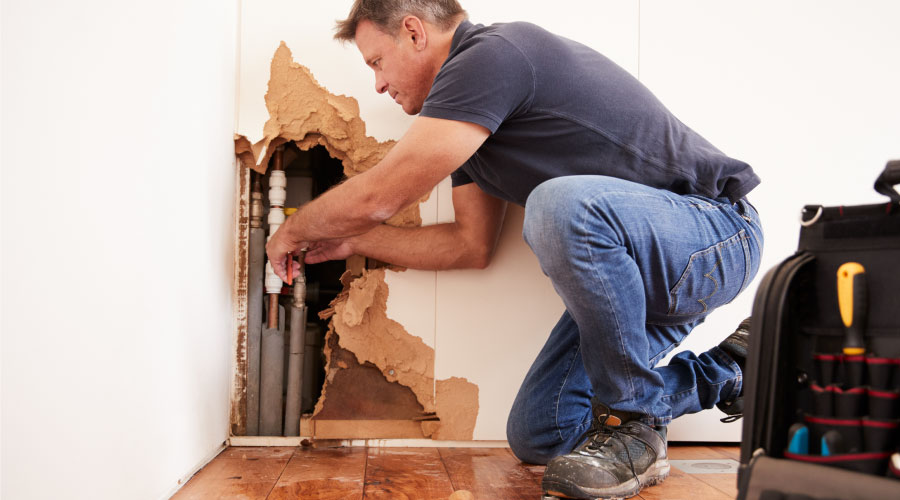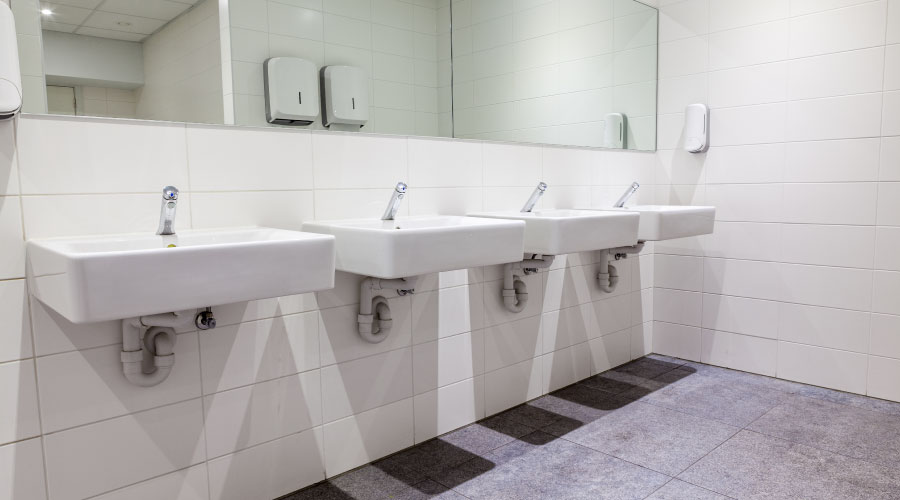Installing Water-Saving Fixtures Key in Restroom Renovation
Managers looking for savings in restrooms should consider water-saving fixtures in any renovation. But before doing so, they must weigh the potential water savings against any increased maintenance these fixtures might require.
For instance, waterless urinals can save a tremendous amount of water — up to 45,000 gallons annually, according to the U.S. Army Corps of Engineer's Research and Development Center. But these urinals also come with increased maintenance costs, due to replacement cartridges and fluids. Even with the increased maintenance costs, however, waterless urinals remain an economical choice.
Low-flow and ultra-low-flow urinals use as little as 0.25 gallons or 0.125 gallons — 1 pint — per flush (gpf). These units both offer significant reductions in water use when compared to a typical 0.5 gpf urinal and a monumental reduction from pre-1992 urinals, some of which use up to 5 gpf.
Managers also can opt to equip some urinals with replacement flushometers for greater water conservation. It is important to consult the manufacturer of the replacement flushometer to ensure compatibility with the actual vitreous china urinal fixture.
Restrooms with only toilets can benefit from upgrades using dual-flush toilets. Dual-flush, tank-style toilets use a half flush — typically 0.8 gpf — for liquid waste and a full flush — 1.6 gpf — for solid waste. Dual-flush flushometers are also available with a 1.6 gpf full flush or 1.1 gpf reduced flush.
The savings from such an upgrade depend on the way restroom visitors use the fixture, since the savings rely on them to select the proper button or lever direction. Dual-flush fixtures might be more suited to restrooms used by a consistent group of users — office staff, building residents, etc. — and less suited to restrooms used by the general public.
Related Topics:















